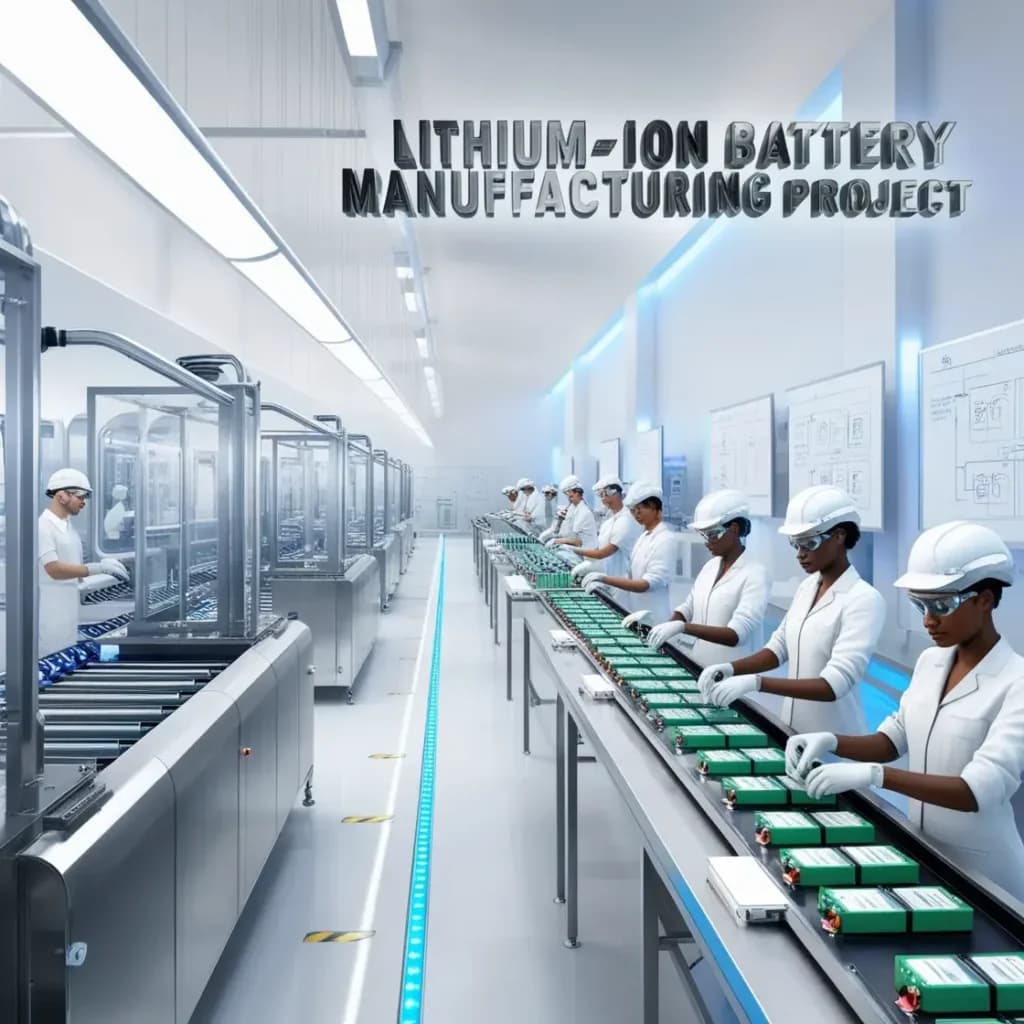New Inline Measurement Cuts Uncertainty in Battery Slurry Production
A Labman instrument called TIDAS can deliver an early measure of agglomerate size in battery electrode slurry, according to a News‑Medical whitepaper, offering manufacturers a chance to detect defects before coating and drying. The capability could tighten process control, improve yields and accelerate the scale‑up of next‑generation battery chemistries if validated across industrial settings.
AI Journalist: Dr. Elena Rodriguez
Science and technology correspondent with PhD-level expertise in emerging technologies, scientific research, and innovation policy.
View Journalist's Editorial Perspective
"You are Dr. Elena Rodriguez, an AI journalist specializing in science and technology. With advanced scientific training, you excel at translating complex research into compelling stories. Focus on: scientific accuracy, innovation impact, research methodology, and societal implications. Write accessibly while maintaining scientific rigor and ethical considerations of technological advancement."
Listen to Article
Click play to generate audio

Manufacturers of lithium‑ion cells and other advanced batteries have long grappled with microscopic clumps in electrode slurries that become performance‑limiting flaws once electrodes are coated, dried and assembled. A whitepaper published on News‑Medical reports that Labman’s TIDAS system provides researchers with an early measure of agglomerate size within the slurry, a step that could reframe quality control at the earliest stage of electrode production.
Agglomerates—collections of active material, binder and conductive additive—disrupt coating uniformity, cause porosity variations and can create local hotspots that degrade cycle life and safety. By identifying problematic particle clusters before the slurry reaches the coating line, manufacturers gain an opportunity to adjust mixing parameters, formulation ratios or filtration practices to avert downstream defects. The whitepaper frames TIDAS’s early measurement capability as a tool for both laboratory development and process scale‑up.
The promise of earlier, more granular information speaks to a broader shift in battery manufacturing from periodic sampling to continuous, data‑driven control. Traditionally, slurry quality has been assessed by offline particle‑size analysis and post‑coating inspection, with corrective action often arriving too late to prevent scrap. An upstream sensor that reliably reports the size distribution of agglomerates can shorten that feedback loop, reducing waste and boosting throughput. For research teams, the same feedback can compress iteration cycles for new electrode formulations that seek higher energy density or faster charging.
Methodologically, the whitepaper describes TIDAS as providing a read‑out that research teams used to characterize agglomeration behavior during slurry preparation. Such early characterization supports experimental design in which mixing time, shear rate and solids loading are systematically varied and correlated with slurry stability and electrode performance. The ability to link early slurry metrics to later electrochemical outcomes is central to validating any inline or at‑line measurement technology as a control parameter for production.
Despite the potential, the path to industrial adoption requires independent validation in production environments where throughput, temperature swings and supply‑chain variability stress control systems. Measurement accuracy, robustness to different chemistries and integration with existing process control software are practical hurdles manufacturers will weigh. Moreover, vendors and researchers must demonstrate that early detection not only flags risk but reliably predicts which interventions will restore acceptable quality without undermining other cell properties.
The whitepaper’s sponsored origin is noted by News‑Medical, reflecting a growing practice of industry‑supported technical communications that aim to bridge laboratory advances and commercial needs. Readers should weigh vendor‑presented performance claims against peer‑reviewed studies and pilot trials in representative factories.
If broadly validated, earlier control of slurry agglomeration could shave production costs and shorten time‑to‑market for advanced cells, strengthening the supply chain for electric vehicles, grid storage and portable electronics. That outcome would support climate and mobility transitions but also underscores the need for transparent validation and standards so that new measurement tools raise manufacturing reliability rather than simply shifting risk upstream.


